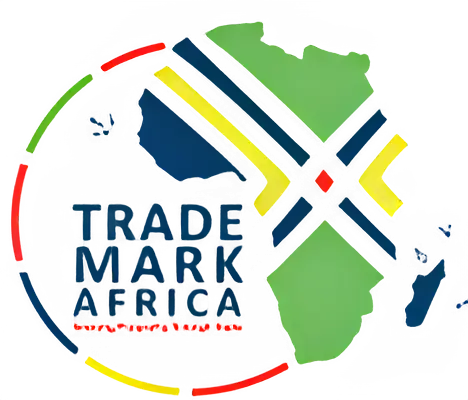Project Brief
Rail Freight Logistics Solution (RFLS)

Implementation Partners
Kenya Revenue Authority, Kenya Railways, Kenya Ports Authority, Uganda Revenue Authority

Implementation Period
2018 - 2023

Project Participants
Importers and Exporters of Cargo into EAC region

Funding Partner
USA

Project Rationale
Transportation of cargo by road is affected by several factors, including traffic jams, accidents, theft, longer transport time, and limited axle load (56 tonnes in the East Africa Community Partner States).
In April 2018, cargo transport via Kenya’s Standard Gauge Railway (SGR) was introduced to address some of these challenges. However, its commencement was marred by challenges of a different nature, including: delays in loading containers; lack of coordination among the key government agencies of the Kenya Revenue Authority (KRA), Kenya Ports Authority (KPA), and Kenya Railways Corporation (KRC); congestion and a disorganised stacking system at the Nairobi Inland Container Depot (ICD); insufficient information and systems to track containers; and inadequate communication between the different parties involved. These challenges led to increased cargo dwell time, higher costs of transporting cargo, demurrage, and fines caused by delayed clearance compared to other means of transport. The private sector was frustrated as reported by The East African newspaper in December 2018, as cargo took an average of 12 days to clear from the Nairobi ICD.
The Cargo Tracking for Rail system is a single, seamless, integrated, and digital end-to-end cargo process flowing from the Port of Mombasa to the SGR to the ICD, and vice versa. The system addresses the bottlenecks and other challenges affecting the operations of cargo handling, movement, and clearance of rail cargo at the port of Mombasa and at the ICD. The system will improve effectiveness and efficiency, as well as the governance of handling, clearance, and movement of goods along the Mombasa-Nairobi rail freight logistics corridor.
The Cargo Tracking for Rail is a single, seamless, integrated, and digital end-to-end cargo process flow from the Port of Mombasa-to-SGR-to-ICD and vice versa. The system addresses the bottlenecks and other challenges affecting the operations of cargo handling, movement, and clearance of rail cargo at the port of Mombasa and Inland Container Depot (ICD). The system would improve the effectiveness and efficiency as well as the governance of handling, clearance, and movement of goods along the Mombasa – Nairobi rail freight logistics corridor.
Implementation Strategy
With funding from the United States Agency for International Development (USAID), TMA partnered with Kenya Revenue Authority (KRA), Kenya Ports Authority (KPA), and Kenya Railways Corporation (KRC) to devise and deploy Cargo Tracking for Rail, a solution that included:
- Joint cargo tracking and training solutions (for locating cargo)
- Joint command monitoring centres
- Customer notification solution (providing information to cargo owners on the status of their cargo)
- Joint resource planning and execution solution (resource allocation and planning for cargo handling, moving and clearing)
- Central information sharing (exchange of information between all port actors)
- Traffic queue management (to facilitate coordinated movement of trucks to and from the port and ICD facilities)
- Last mile delivery solutions
TMA provided financial and technical assistance.

